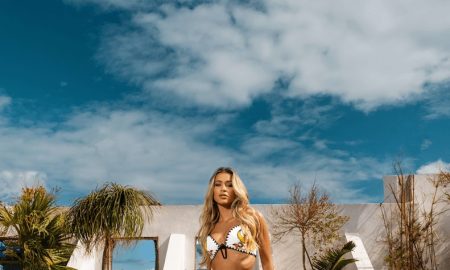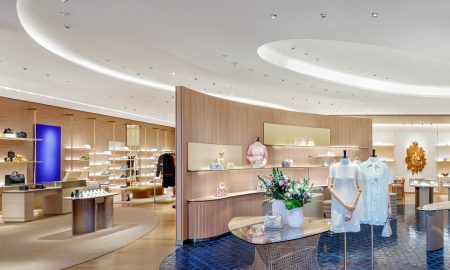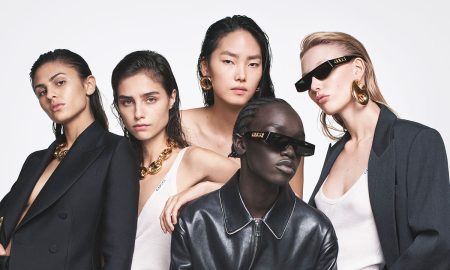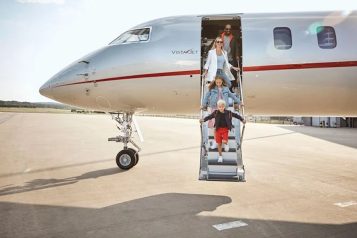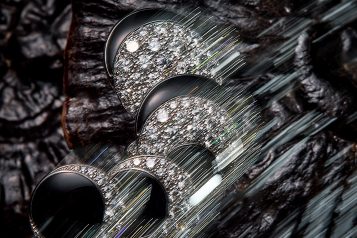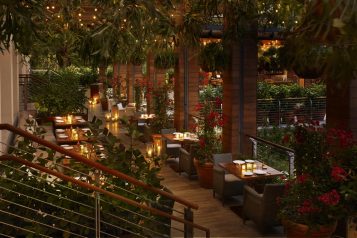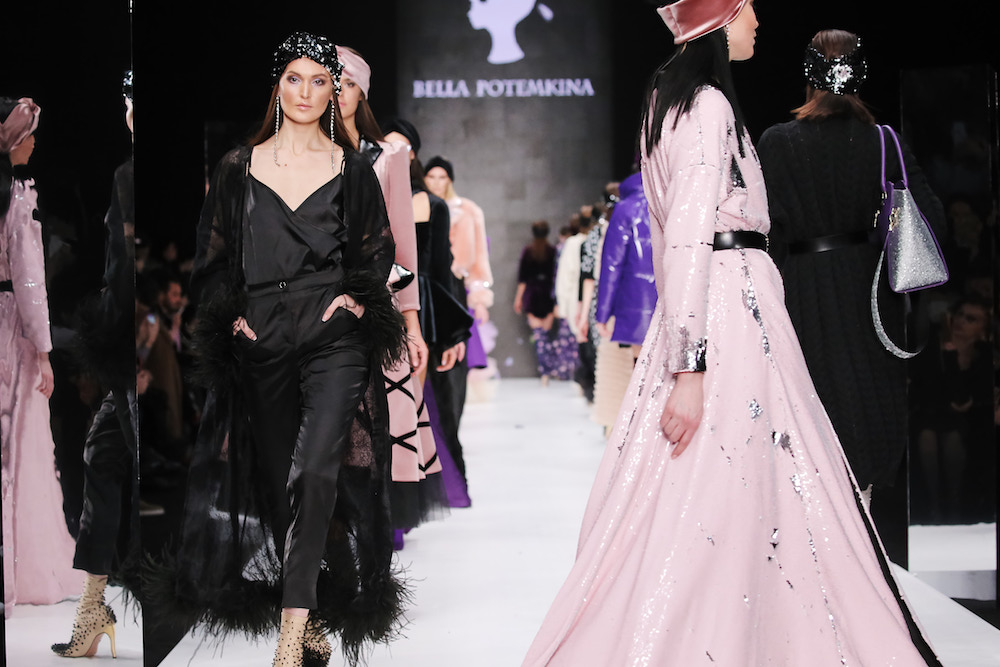
If you followed the happenings at Mercedes-Benz Fashion Week Russia (MBFW Russia), you saw a lot of innovation and creativity. The global fashion event just concluded its 36th season, showcasing over 100 local, regional, and international designers presenting Fall/Winter 2018 collections. This year, MBFW Russia demonstrated the growing sophistication of Russian designers and the global acceptance of its style.
MBFW Russia started in 2000 with a different title, Russian Fashion Week, and without any investment by the government. The Fashion Week and Russian Fashion Council (launched in 2013) are currently cultivating and supporting young Russian designers by focusing on developing fashion as a cultural asset. By doing so Russia has opened itself to a new creatively driven economy.

Behind this grand vision to make Russia a fashion powerhouse is Alexander Shumsky who founded MBFW Russia 18 years ago. Affectionately called the godfather of the Russian fashion industry, its his vision to make Moscow a major world fashion capital and has worked tirelessly to evangelize the necessary programs. Russia looks to the fashion establishment for inspiration and Paris, London, Milan, and New York are watching Russia’s experiment of embracing young designers. Shumsky leads innovative policies to support the development and nurturing of a fashion-based culture that embraces new technologies, creative economies, and local production.
Evidence of this commitment is woven throughout Fashion Week. “We support fashion as an integral part of culture,” Shumsky says, “fashion is part of a city’s identity in the world fashion arena. Designers should feel that Moscow is a comfortable place for the creative process. We want to become the place where people come to do fashion even if they were not born in Russia. We want to become a hub for neighboring territories and countries.”
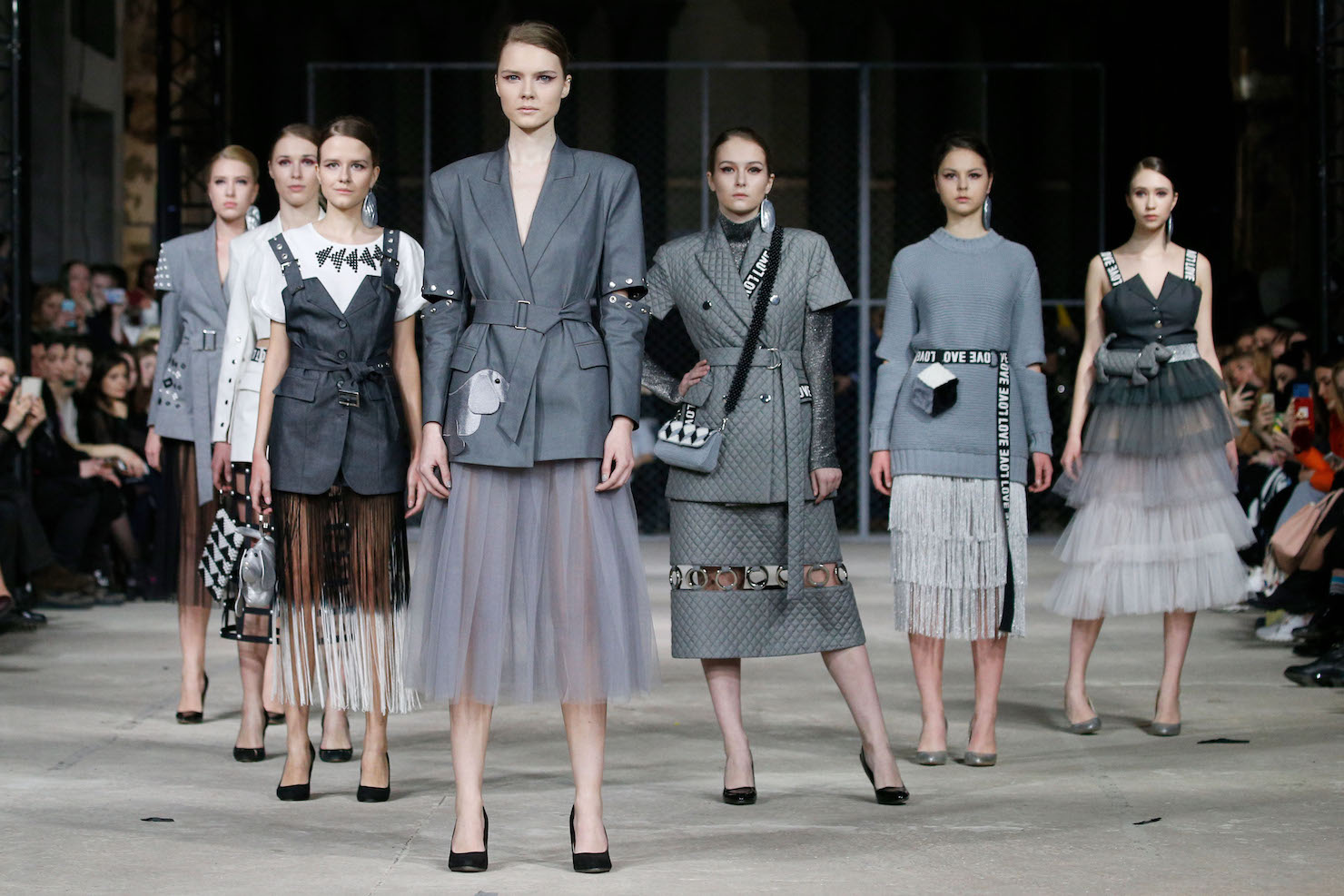
Proof of this experiment is in the diversity and quality of the collections themselves. Ranging from folk and traditional themes made modern to the street and underground style directions, young Russian designers feel free to experiment with new shapes, forms, fabrics, and colors. They are free to tap into their cultural roots and are not shackled by the legacy of mainstream fashion. Designs challenging age and gender cross the collections. Russian designers have shown they are not afraid of taking on cultural, political, and social issues.
To nurture this expanding ecosystem, programs such as the newly-formed Fashion Futurum Accelerator combine support for designers that helps them not only design, but become business savvy as well. Leveraging the assets of the Moscow Museum of Fashion and the Museum of Moscow, and with the support of the Moscow Department of Culture, this program will benefit Russia’s economy and enhance its world image. Some of the noteworthy designers from this years Futurum event include Lady Like Brand, Otocyon and Markovka.
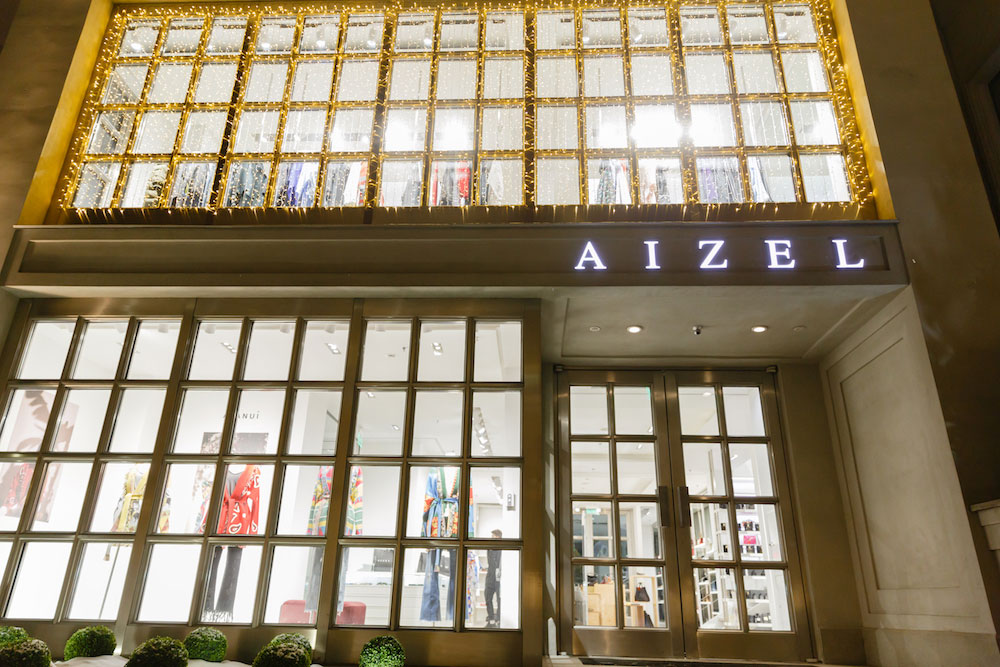
Several innovations developed around MBFW Russia have resulted in first of it kind programs. Fashion Futurum Accelerator was extended from last year’s introduction to include more designers. Its partnership with Aizel.ru for an online retail website will provide a broad market for designers to showcase and deliver products to a global market. But, programs don’t stop at supporting designers knowing that production and distribution are critical to success. With the partnership with the Russian Fashion Council, the “see now-buy now” nature of consumers can be met with collections available immediately after runway shows.
It may have been sub zero in Moscow during MBFW Russia, but the creative energy of the shows and the welcome hospitality of the residents kept the temperatures high. Plus they left the lights on and those wonderful lights make the city magical.









